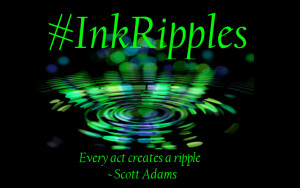I’m always happy to have Katlyn Duncan guest post on the blog. Not only is she an award-winning fiction author, she is also a wealth of information when it comes to the topic of author careers. Her first nonfiction book is TAKE BACK YOUR BOOK: AN AUTHOR’S GUIDE TO RIGHTS REVERSION. Let’s give Katlyn a big welcome as she talks about her latest book THE SUCCESSFUL HYBRID AUTHOR: TAKE CONTROL OF YOUR TRADITIONAL AND INDEPENDENT PUBLISHING CAREER.
As an author who has been publishing for 10+ years, I’ve witnessed many different iterations of what a writing career can look like. More importantly, the joining of both types of publishing paths that many people tend to think of as separate. Today, I’d like to share my experience and knowledge about what it means to be a hybrid author, and how both traditional and self-published authors can become one.
A hybrid author is someone who has traditionally published books and also self-published books. The term “hybrid” is used to describe the combination of traditional and self-publishing methods. This allows authors to have the best of both worlds and to gain control over their publishing career.
Becoming a hybrid author is a practical decision that can be made by both traditional and self-published authors. For traditional authors, it can mean having rights to their books revert back to them, giving them the option to self-publish. For self-published authors, it can mean pursuing traditional publishing opportunities while continuing to self-publish.
One of the benefits of being a hybrid author is the ability to have control over your publishing career. Self-publishing allows authors to have more control over the creative process, including cover design and release dates. Traditional publishing, on the other hand, provides authors with a team of professionals to help with editing, marketing, and distribution. As a hybrid author, you have the opportunity to choose which route to take for each individual project, giving you the best of both worlds.
Another benefit of being a hybrid author is the potential for multiple income streams. Self-publishing allows authors to earn a higher royalty rate and to have control over pricing. Traditional publishing, on the other hand, provides authors with an advance and the potential for larger sales. As a hybrid author, you can earn money from both traditional and self-publishing, providing a more stable income stream.
However, becoming a hybrid author also comes with its own set of challenges. One of the biggest challenges is the amount of time and effort required to navigate both traditional and self-publishing. It can be time-consuming to query agents, submit to publishers, and to self-publish. It’s also important to have a clear understanding of the rights and contracts associated with both traditional and self-publishing.
Another challenge is the need to constantly adapt and evolve. The publishing industry is constantly changing, and as a hybrid author, it’s important to be open to new opportunities and to be willing to adapt and evolve.
To become a hybrid author, it’s important to research both traditional and self-publishing options. For traditional publishing, research literary agents and publishers that are a good fit for your genre and writing style. For self-publishing, research the best platforms and distribution channels. Building your author platform is also essential, by developing a following on social media and building a community of readers and reviewers.
It’s also important to have a clear understanding of the costs associated with self-publishing, such as editing, cover design, and formatting. It’s also important to have a clear plan in place for marketing and promotion, whether through traditional or self-publishing channels.
You can learn about all of this and more in ‘The Successful Hybrid Author’, a comprehensive guide on how you can take control of your writing career and start earning more income from your books. It’s available now in eBook, paperback, and hardcover.
THE SUCCESSFUL HYBRID AUTHOR blurb:
Are you ready to take control of your writing career and start earning more income from your books? If so, becoming a hybrid author may be the perfect solution for you.
With hybrid publishing, you can take advantage of the best of both publishing paths, such as greater creative control, higher royalty rates, and the ability to release your books on your own schedule.
In this comprehensive guide, you’ll:
- Discover the key differences between self-publishing, independent publishing, and traditional publishing.
- Learn how to choose the right publishing options for your books to maximize your income.
- Navigate the world of hybrid publishing and transition from traditional or independent publishing.
- Get practical tips and advice for starting and growing your career as a hybrid author.
Whether you’re coming from traditional or independent publishing, this guide will give you the tools you need to become a successful hybrid author. It’s time to start your hybrid author journey today.
About the Author:
Katlyn Duncan is a multi-published author of adult and young adult fiction, and has ghostwritten over 40 novels for children and adults.
When she’s not writing, she’s obsessing over many (many) television series’, and hanging out on YouTube where she shares her writing process and all the bookish things.
Keep up with Katlyn on her newsletter at http://www.katlynduncan.com.
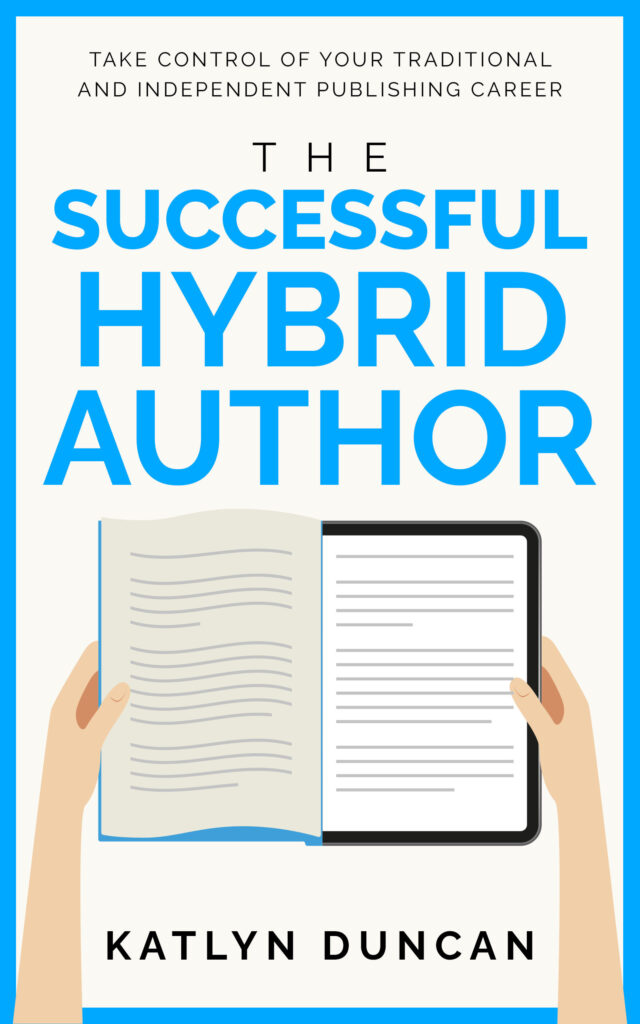
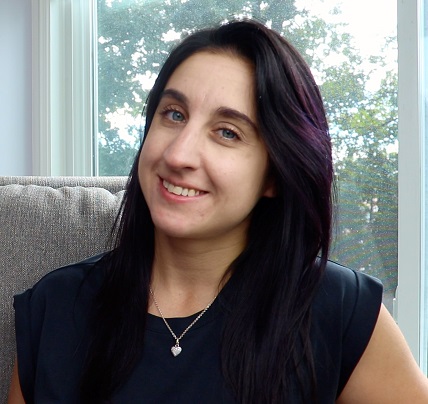
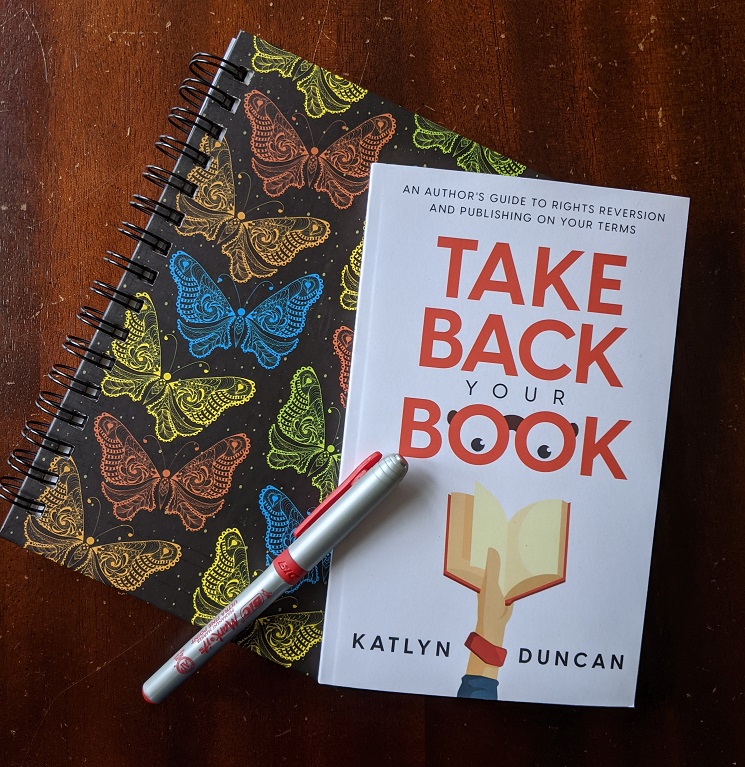
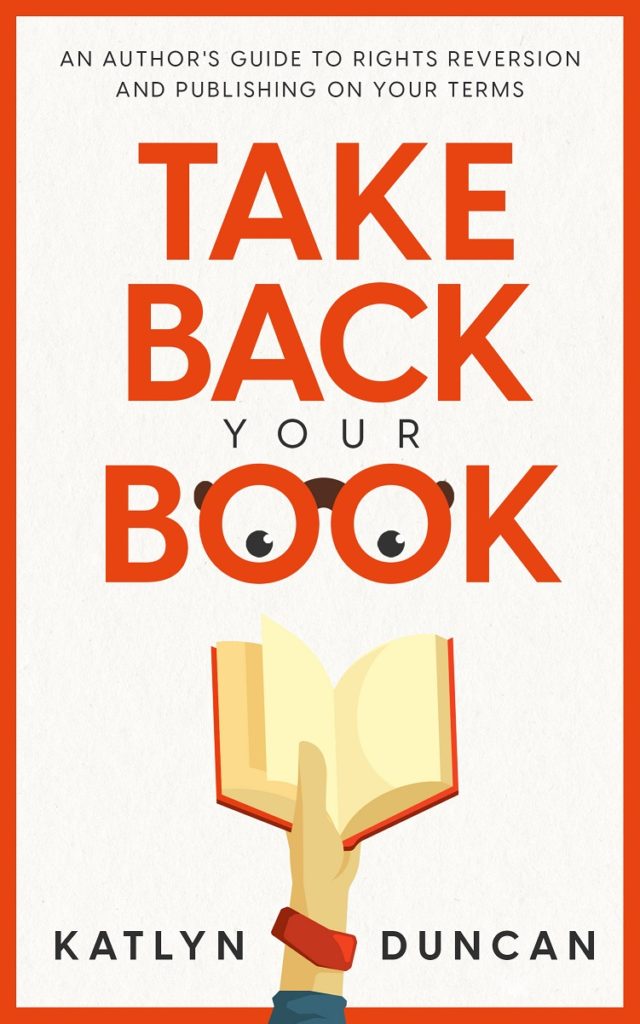
 When it comes to publishing a book, there are so many more options than there used to be. If you’re new to the business, it can be downright overwhelming and confusing to decide what publishing path is the right one for you. That is why we decided to tackle the topic in this month’s
When it comes to publishing a book, there are so many more options than there used to be. If you’re new to the business, it can be downright overwhelming and confusing to decide what publishing path is the right one for you. That is why we decided to tackle the topic in this month’s 